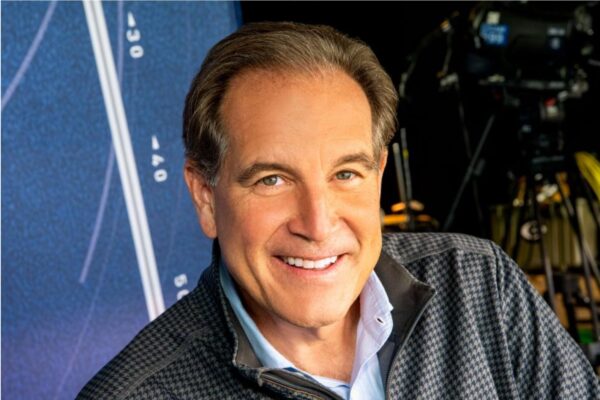Having the chance to cover the 2018 FIBA Women’s World Cup has been the opportunity of a lifetime.
Spending 13 days in the Canary Islands is an unbelievable experience in itself, but having the responsibility of covering the USA Basketball Women’s National Team on its World Cup journey is unheard of for a 25-year-old journalist with just two years of professional experience.
I couldn’t help but sit back and take in the incredible atmosphere while I was sitting behind the basket in the Media Tribune of the Santiago Martin Arena in San Cristobal de La Laguna during the Spain-Canada quarterfinal Friday night. The arena, which holds 5,100 fans, was on fire from the playing of the national anthem to the final horn.
The intensity only grew in the semifinal against Australia after Spain’s 68-53 win over Canada. Flags of every participating country were at the top of the building during the tournament, but the home team’s fans packed the gym with the country’s collection of hats, flags and prideful shirts. Drums were also a popular prop for a number of different fan bases.
Spain’s hopes for a spot in the gold-medal game ended with a 72-66 loss, an extended standing ovation and chants of Ole-Ole from its faithful fans. The 12 players joined hands and took a bow towards each section of the arena before gracefully walking off the court.
Super Bowls, Final Fours and College Football Playoffs are always packed with loyal fans representing their teams. But the pride and love of representing your country is unmatched.
I’m extremely grateful to have been able to experience such an event. Leaving Spain with 10 articles published on the USA Basketball website is an indescribable boost to my career. Rubbing shoulders with Associated Press national women’s basketball writer Doug Feinberg and learning how to maneuver through such an event has taught me that the responsibility of such a high-level assignment isn’t too big. Picking the brains of people who are where you want to be is never a bad thing, and Doug was always generous to share his expertise.
The nerves I felt just three weekends ago, when asking my first press conference question to USA coach Dawn Staley after an exhibition game against Canada in Bridgeport, Connecticut, are no longer there. Staley has an easy-going, approachable personality, but delivering my first question to a coach I’ve admired from afar left me tripping over the words. My follow up question was flawless and things only got better from there.
Once I reached Spain, it helped that Staley made a point of acknowledging me by saying, “It’s good to see you again.” That was an example of establishing rapport, a factor that Doug continued to stress as an important part of gaining access. I felt pretty comfortable talking with Staley or any of the other WNBA stars by the end of the first USA World Cup game.
By the time the tournament reached single-elimination play, I felt like I was completely in my element sitting next to basketball legend and University of Connecticut women’s basketball coach Geno Auriemma to ask him about future Hall-of-Famers Sue Bird and Diana Taurasi. I’ll leave the World Cup with the confidence that I will never feel intimidated to interview another top notch sports figure again.
I’ve conversed with some of the world’s top women’s basketball players and talked to some of the best coaches in the country. There is no quantifiable measurement of what this experience has done for my career.
When I eventually land the dream job I’m chasing and look back on this experience five or ten years from now, I’ll know that covering the 2018 FIBA Women’s Basketball World Cup is what boosted my confidence and helped me take my talents to the next level.
By Frank Bonner II | @Frank_Bonner2


